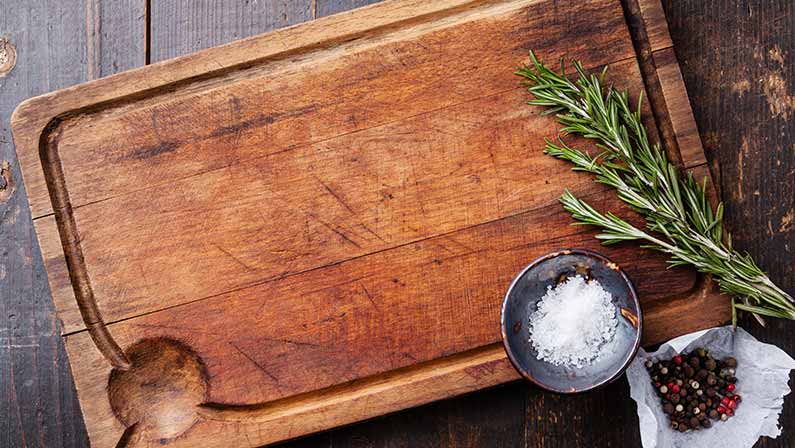After years of using cheap dull knives, try a perfectly balanced and truly sharp knife. It will literally change your kitchen cooking experience.
Even if you do not demonstrate amazing knife skills, having a great piece of equipment in your hands will make entering the kitchen a joy. You will jump at the chance to make a salad and start searching the Internet for different ways to julienne carrots … slicing and dicing will be your new found happiness!
Having a sharp chef’s knife can really change how you perform in the kitchen. It is important to note, your knife needs to be regularly sharpened.
Why Dull Knives Are Dangerous
Slicing and dicing with a dull knife is dangerous because it requires the exertion of more force to make the blade go through food. With some food, it could require you making several cuts where a sharp knife only needs to make one or two.
Thus, the chances of having the blade slip and end up somewhere you really don’t want it multiplies. Additionally, dull knives make prepping food harder and time-consuming. We believe, if you are like us, that will make you grumpy.

Image by Local Root/Dinner Series
With good knives, as with your doctor, your auto mechanic, and your home, you need to schedule regular maintenance to make your investment is around for a long time.
How Can You Tell if Your Knife Is Dull or Sharp?
So, right to the question; how can you tell if your knife is ready for a reconditioning? The truth is, a well-made chef’s knife will still do a better job than your average cheapie 8″ knife, to the point where you will keep cutting with it long past its due date.
To check your knife’s sharpness, look around your kitchen for a circular piece of food with a smooth surface: for example, a tomato, an onion with the peel attached, or a green apple are good subjects. You should be able to easily cut into the surface of said food by directing the knife with very little pressure.
The knife should not roll off the surface. If you have to use a sawing motion or use the tip of the knife to pierce the flesh, your knife is too dull.
If your knife is sharp, it should make an easy, clean cut that allows the tomato to keep the integrity of its shape, as demonstrated in the picture below.

Another Sharpness Test
The true test of a dull knife: can it cut paper? Use a regular sheet of white printer paper (even better, paper from a magazine) and hold your knife perpendicular to its edge. If your knife can cleanly slice through the paper with very little effort, it’s still sharp. If requires force or a sawing motion which leaves a ragged cut, you need to introduce your knife to a good sharpening.
How to Keep Your Knife Sharp
After you sharpen your knife, you’ll want to keep it that way. (click here for a how to sharpen a knife with a steel) Additionally, it is important to use the proper cutting board when chopping with your knife. Never cut directly on a countertop as that will dull your knife within moments. You want to use either a wood board, like maple or a plastic cutting board that has a consistent hardness to help your knife maintain its edge.
It is also important to note the type of wood you use. For example, bamboo is a popular choice for cutting boards, but it tends to have inconsistencies and soft spots on the surface. This will dull the edge of your knife.

Knife Care: wash knives by hand. Putting them in the dishwasher means they will bounce around off of other items being washed. This will throw off the knives’ balance as well as blunting the edge. Use a soft sponge with soap and warm water to wipe down your knife after every use.
You’ll also want to store your sharpened knife properly. Don’t toss it in the cutlery drawer where it can bounce off other utensils and get dull in a matter of days, even if it’s in a sheath. Better you choose a knife block, magnetic strip, or knife bag.

